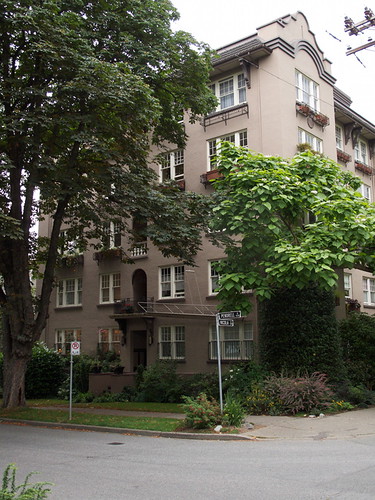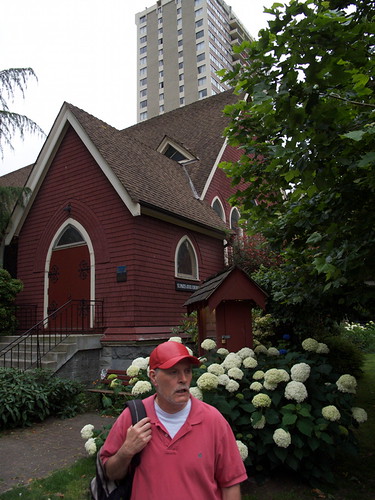I’d read a bit about the very early homosexual rights movements in Europe, about Magnus Hirschfeld and some of the organisations that operated in the 1910’s and 1920’s. But I didn’t know anything about what they published, or how they made their case to the general population. Well, now I know a little bit more, thanks to Anders als die Andem (Different from the Others), a German silent film released in 1919. Banned a year afterwards, most copies were destroyed when the Nazis took over. Only fragments of this fascinating piece of gay history exist.
What’s striking about this film is how modern its message and presentation are. The characters (including Hirschfeld, appearing as himself) argue for gay rights and dignity in a way that wouldn’t be too out of place in the 50’s or 60’s. Sure, Hirschfeld’s “third sex” scientific theories seem a bit silly now, but emotionally it wasn’t a bad narrative, and the bottom line—that we are all part of one big sexual continuum—is as true now as 100 years ago. It really makes you think: if Fascism hadn’t reared its ugly head then and set civil rights back a generation, how much further along would we be now?
The story revolves Paul Körner, a famous violinist who starts a relationship with Kurt, a student of his. It’s totally consensual and shown in a very positive light, but unfortunately Paul is also being blackmailed; if he doesn’t cough up money on a regular basis, his secret will come out—and in those days, that could mean jail time.
Finally Paul can’t take any more, and takes his blackmailer to court—hey, extortion is a crime too. Though the blackmailer is sentenced to jail, so is Paul. And after his very brief sentence is over, he finds his career is in shambles, his lover is gone, and his family won’t speak to him. Unable to take it anymore, Paul commits suicide.
And here again we see how Anders als die Andem is way ahead of its time, because unlike so many Hollywood films, it places the blame right where it belongs: senseless laws like Paragraph 175, a squeamish and bigoted society, heartless extortionists taking advantage of the system. And, it ends with a passionate call to action:
If you want to honor the memory of your friend, then you mustn’t take your own life, but instead keep on living to change the prejudices whose victim—one of countless many—this dead man has become.
This is the life task I assign to you. Just as Zola struggled on behalf of one man who innocently languished in prison, what matters now is to restore honor and justice to the many thousands before us, with us, and after us.
Through knowledge to justice!
—Magnus Hirschfeld to Kurt, Paul’s lover
(via Slap Upside the Head)

